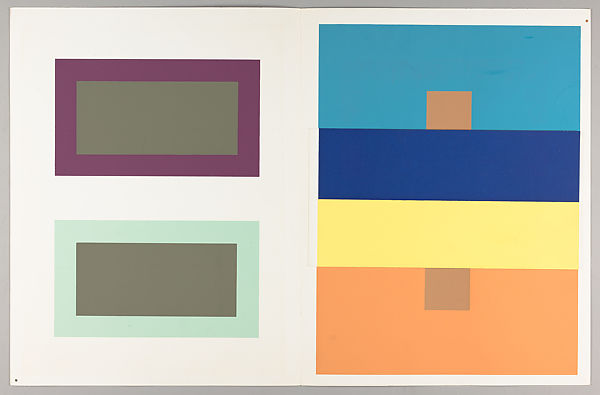3 trends that changed the design industry forever
Graphic design has never looked back.
Graphic design is a discipline in flux. Technology influences aesthetics and aesthetics impact on form. Ultimately, ideas of all kinds – commercial, philosophical or functional – have determined the practice and styles of graphic design. In this article, we've focused on three of the main ideas to have shaped graphic design as it stands today.
For those of you wanting to read more about graphic design, here's our roundup of the best graphic design books around right now.
01. Motion
Motion is the most rapidly growing method. A new discipline has emerged at the crossroads of film, video, animation and film title sequences, which borrows from all these. Motion graphics may be as important as typography. Singing and dancing visuals are to graphic design what the talkies were to silent films.
Kyle Cooper's title sequence for Seven (seen above) is one of the most prolific examples of modern motion graphics.
02. Audio

The addition of audio, more than that of movement, propels graphic design into this dimension. The earliest experiments with what was once called ‘eye-music’, coincided with the sound cinema in the mid-1920s. Motion graphics came into their own in the 1960s with movie title sequences by Saul Bass. He created for Alfred Hitchcock a series of semi-abstract film titles and expressionistic graphic style was in perfect sync with the repetitive motifs of composer Bernard Herrmann’s scores. Today, more hybrid animated graphic styles are emerging.
All forms of design signal timeliness. In this sense the second of the key ideas, “forced obsolescence”, is essential to signalling a contemporary veneer. In the 1920s it was called “style engineering”: to increase consumer interest by making products more stylish. The advertising artist and industrial design pioneer Raymond Loewy referred to this notion as MAYA (Most Advanced Yet Acceptable). The MAYA principle promoted colours and shapes that transmitted the idea of “new and improved”, but was a safety net to prevent a shock of the new.
For most US designers, modernism was a bag of tricks the artist could use to make new even newer, including futuristic “decoration” accented by contemporary typefaces with enticing names such as Cubist Bold and Novel Gothic. Forced obsolescence was a costume that artificially stimulated growth.
Daily design news, reviews, how-tos and more, as picked by the editors.
03. Colour

The third idea is vibrating colour. During mid-1960s the psychedelic style began with the Bauhausler artist Josef Albers. Through his Interaction of Colour work he helped to launch the trend that would typify the psychedelic poster and tie-dye graphic concepts. Victor Moscoso, who studied under Albers at Yale and was one of vibrating colour’s founding fathers, claimed that he likened Albers’ famous Color-aid paper exercises to the futility of learning algebra in high school.
Psychedelics trashed and restated the rules. ‘Don’t use vibrating colours’, for example, became ‘use them whenever to excess’. The tenet that ‘lettering should always be legible’ became ‘disguise the lettering, make it difficult to read’.
One significant element of Albers’ theory was the relativity of colour: that colour changes in direct relation to its surroundings. Colour produced deceptive and unpredictable effects, with multiple readings of the same hue possible depending on what colours surround it. Vibrating colour was an affront to the senses, forcing the viewer into a kinetic, dynamic relationship with the two-dimensional picture surface. Vibrating colour is now one of the many tools in the colourist’s kit. Learn more about colour theory here.
These are three of the 100 ideas that changed graphic design. Doubtless there will be more changes in the future. Plus ça change!
Steven Heller has authored a wide range of graphic design publications, find out more here.
This article was originally published in issue 294 of Computer Arts, the world's best-selling design magazine. Buy issue 294 or subscribe here.
Read more:
Art director, author and journalist.
